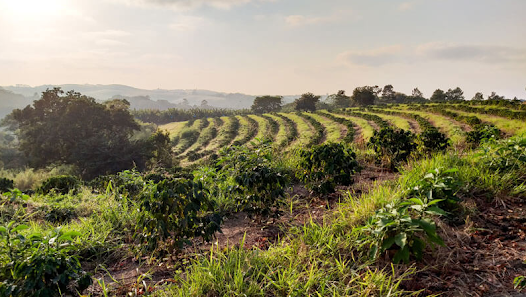Colonialism and Water in Southern Africa: Inherited laws and permit systems
KEYWORDS: Colonialism, Politics, Water, Development, Southern Africa, Hegemons, Transboundary Laws, Permit systems
Welcome back to part two of our analysis of the effects of colonialism on water management in Southern Africa!
Inheritance of colonial laws
Both internal and transboundary laws regarding water access were written by colonists during their control over the continent. As previously mentioned, local forms of social organisation and resource management were disregarded in favour of Western distribution patterns, and significantly, these laws were inherited by the newly independent African states. This usually entailed handing over control of large water management infrastructure such as dams and pipelines to the state and giving white settlers riparian rights to water. These laws took a long time to be addressed as since gaining independence states had more urgent priorities such as focusing on creating infrastructure and policies to support socio-economic development, all whilst trying to navigate political instability. The colonial power dynamics that overflowed into independence encouraged hegemons and regional powers such as Egypt and South Africa, which has had long-term effects on regional development. This is because more powerful states are able to dominate negotiations and control transboundary water management in order to support their socio-economic development, as water availability has consequences for national health, political stability and inequality.
Oral histories of knowledge and traditional practices of groups such as the Khoisan people in South Africa did not survive post-colonialism and industrialism, with many such practices being outlawed since colonial rule and the introduction of Western legal systems. This ‘codification’ of previously dynamic agreements in relation to water management not only undermined local customs but has also reduced mitigation capacity for climate change, as these flexible systems of resource management could better react to variations in weather patterns.
.jpeg) |
| Figure 1: Lesotho Highlands Water Project, by Lesotho Highlands Development Authority |
Permits
During the 20th century, colonial rulers across Africa implemented the same systems they had back home in favour of the traditional small-scale and more sustainable water management that was typical for African states. Water became a public resource owned and managed entirely by the state via permit systems - which meant legal licences and warrants were needed to use any water extracted by the state, and any prior ownership or management of water was illegal. This system also ignored customary law and collective agreements that had been made and maintained across regions for generations. Today, permit systems are still frequently used across Southern Africa and customary law is rarely included in the legal systems - an exception being Malawi - but is still regularly practised in rural areas because permit systems are inaccessible and impractical. They rely on three main principles of water management, information gathering on the resource and those using it and finally on systematically making money off the water.
Permit systems have been marketed as unbiased and equalising but in reality, are far from it. They directly sought to dispossess local users of their right to water and actually exacerbated gender and general inequity. Poorer, small-scale users had and continue to have more challenges when applying for these permits relating to the cost of obtaining the permit and then the water itself, limited mobility when accessing government services and legal illiteracy. However, the inequality as a result of this water management system works across several scales. Permits could only be made in the name of the leader of a household, i.e., a man, therefore increasing women’s powerlessness over a vital resource and moving political power away from those who are domestically held responsible for it. Those living in rural or remote areas already have the issue of mobility in accessing a permit, but as permit systems are so resource and labour-intensive to enforce, rural communities become excluded and end up ‘outside the law’.
Another example of inequity arising out of the implementation of permit systems is how White South Africans who were large-scale users of water pre-independence were able to maintain their ownership during the changeover by negotiating for their use to be considered a ‘property right’ under prior laws, making them ‘existing lawful users’ and therefore exempt from losing control over their water access.
 |
| Figure 2: Women collecting water in South Africa, by Sizani, M. |
In colonial Southern Africa native decision-making around and use of water was significantly restricted, especially in Malawi and Tanzania, with the latter’s Water Ordinance of 1948 limiting African involvement in water management unless it was through a ‘duly authorized representative’. The laws and management systems such as permits that do not serve societies equally must be reformed to be more inclusive for the people and cost-effective for the government. Pegasys Institute and the International Water Management Institute (IWMI) led a project to improve water security for disadvantaged groups across Malawi, Kenya, South Africa, Uganda and Zimbabwe which has been significant for facilitating knowledge exchange and cooperation between Southern African states. Academics met with government leaders in South Africa’s capital Pretoria to find a solution, concluding that permit systems should be re-evaluated logistically – as often, more money is spent on government resources to facilitate the collection of bills than is actually paid for water. It was also agreed that customary law should be used in conjunction with permit systems in order for overall water management to include vulnerable members of society and reduce the colonial legacy associated with resource management laws.
Thank you for reading!



Comments
Post a Comment